Storyteller and native plant evangelist David Newsom’s Wild Yard Project seeks to transform the lawn wasteland of our built environment. According to the mission statement of the Wild Yard Project,
The World Wildlife Fund recently announced that the natural world is losing 10,000 species a year, due largely to habitat loss. At the same time, we here in the United States have displaced over 40 million acres of native-habitat with costly, lifeless lawns. Astonishingly, lawns are the biggest crop in the US, but we don’t eat them, and much of that acreage goes to waste when it could be inviting back in the tens of thousands of essential and threatened species we have pushed out. The Wild Yards Project combines a powerful team of award winning filmmakers with esteemed botanists, biologists and native plant landscapers to generate media and local projects aimed at inspiring and educating people to transform their lawns back into vibrant native plant and animal habitat. One yard can save a species, but many yards can transform the world.
We’ll have David on the podcast to talk more about this important project soon. In the meantime, take a look at the video, read an essay by Kim Radochia, “A Meadow Grows in West Gloucester” and sign up for the Wild Yards Project newsletter. Then get out there, wherever you are, and plant gardens that support life.
Support Root Simple
Field Guide to Animal Tracks and Scat of California. Spotting an animal’s fresh footprints in the wild can conjure a world for the hiker: Why did the deer tracks disappear? Where did the cougar turn off the trail? What does it mean when two sets of footprints seem to coincide? This beautifully illustrated field guide, the first devoted to the tracks and signs of California animals―including birds, mammals, reptiles, amphibians, and invertebrates like spiders and beetles―blends meticulous science with field experience to provide an engaging companion for both armchair exploration and easy field identification.

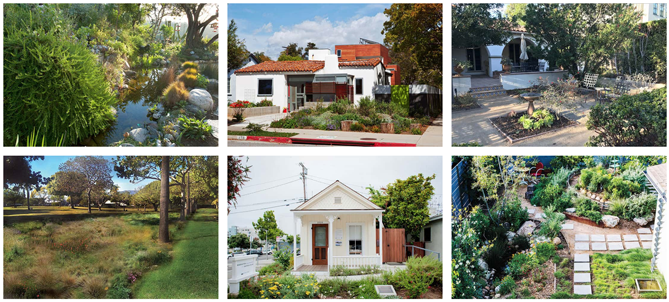
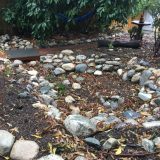
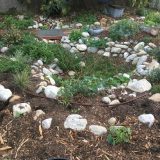
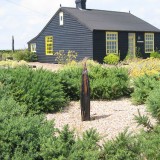
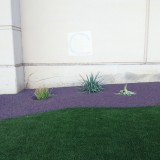
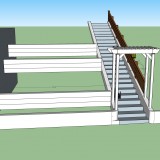
I find the conversation about nature vs. human needs to be vexing when it doesn’t need to be.
My unified theory of the lawn vs. productive garden debate is simple. Anything productive is viewed by society as messy, lacking in discipline, low class, and dangerous. Anything tidy, neat, sterile, and useless is a visible display of status and respectability. So growing veggies, fruit trees, and beneficial native plants in your front yard is an aggressive antisocial act that will pull down property values and attract the wrong element. It must be stopped at all costs by municipal regulations and private home owners association bylaws. “Think of the children!”
This sort of thing can continue so long as there’s enough surplus wealth to keep the lawns maintained. But in an environment of financial distress, water shortages, a break down in 12,000 mile just-in-time supply chains… society might have to readjust its exceptions. That could take a while.
Excellent video, thanks for sharing this.
I am all for this but also wish these types of videos and articles would acknowledge that getting rid of grass is not easy. I turned a very long strip of lawn on the edge of my property into a mixed hedge filled with trees, shrubs, some natives, and lots and lots of flowers for pollinators. It has taken me four years to get a handle on the grass and that has included mulching with cardboard and several inches of wood chips. The grass STILL grows through has to be ripped out by hand. So, for us mere mortals who have to maintain it all ourselves, it’s not as easy as sticking plants in the ground and waiting for them to fill out.
Last year, I tried to allow a section of my lawn to just go wild. I figured the tall grass would be nice habitat and it would cut down on my mowing and emissions. Well, bindweed got into that portion of the yard and it has been an absolute disaster. I spent the entire year mowing it back and waiting until the height of summer to rip out as much as I possibly can.
All this has not deterred me from packing in as many wildlife-friendly plants as I can, but this idea that you can just run a sprinkler once a month and have a beautiful yard full of natives….that is not a thing where I live. It’s work. Rewarding work, but definitely work.
This admin of the Wild Yards Project Facebook group thanks you for encouraging your readers to come over and check us out. I can testify that at least one new group member cited this post of yours as her reason for joining. And isn’t Lisa Novick of Theodore Payne Native Plant Foundation a total goddess in the video?! If I hadn’t already gone native 22 years ago, she would have converted me. Hearing her speak is like tonic.
Wonderful video! Such an inspiration!
Twenty years or more ago, a woman in Birmingham, AL turned her yard into herbs and medicinal plants along with yard art. The city was on her case for having weeds and trash in her yard.